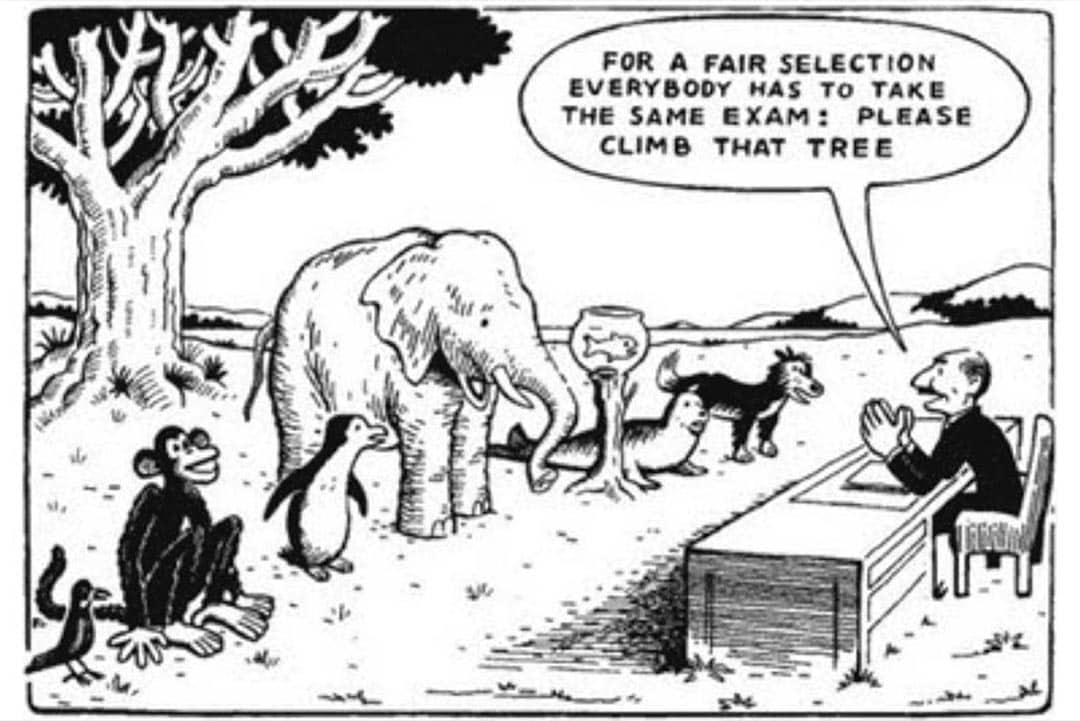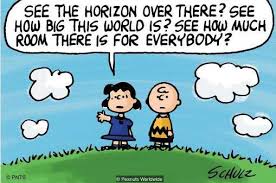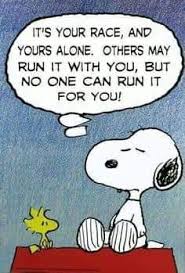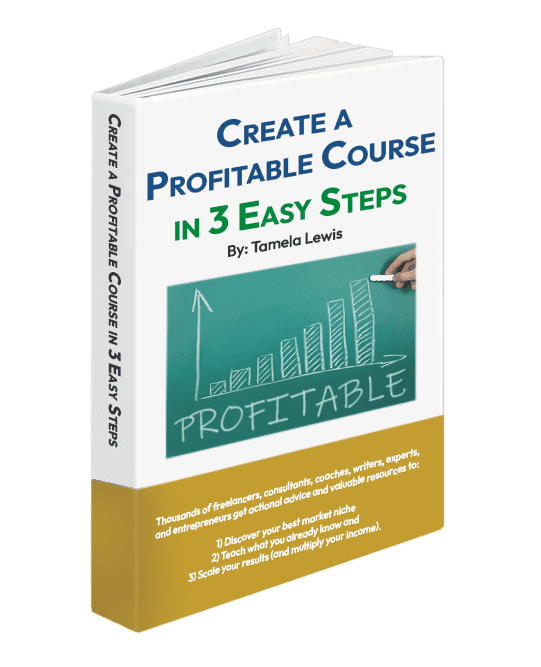PUNISHED FOR STRENGTHS at Work? 5 Ways to Follow Your Fit™
Albert Einstein said, “Everybody is a genius. But if you judge a fish by its ability to climb a tree, it will live its whole life believing that it is stupid.” This is the Science of Fit™.

We are often punished for our strengths when we are in an environment that isn’t in our Zone of Fit™.
In the wrong work environment, you can be punished for the very strengths that, in another environment, could distinguish you. In order to optimize your success, you need to be in a working environment that best matches your strengths, personality, and values.
 Nature Supports the “Zone of Fit” Paradigm
Nature Supports the “Zone of Fit” Paradigm
Planting an aloe vera plant (which has wonderful healing properties) in a lush, tropical environment will render its healing leaves mushy. Since it is a succulent, like cacti, it does best in dry conditions. And in its Zone of Fit™ environment, it is low maintenance and its healing leaves are accessible to all.
Its strengths are not fully available when it is mismatched with its environment.
If you find yourself, like the aloe vera plant, in the wrong work environment, you may find yourself being punished for your work strengths.
The Principle of Fit™: Same Work Strength: One Place, Rewarded; One Place, Punished.
Jack prided himself on being a quick decision-maker and since he was in luxury car sales, it was an asset. According to Jack, thoughtful deliberation was a waste of time. He was a top salesperson and had earned his stripes and he longed for a greater challenge.
Jack moved into sales in another industry. He was now selling complex software systems to the aerospace industry. It was an environment where the stakes were high, the variables were complex, and the stakeholder’s needs were multi-faceted. His quick decision-making style (with often only a cursory glance at the thick manuals) was no longer an asset, but a liability with serious negative consequences.
Suddenly, he found all his “assets” becoming liabilities. He felt disoriented and a little rattled. He had always been so good at what he did. He had not anticipated this.
Jack recognized he was in a Non-Fit Working Environment and looked for something closer to his Zone of Fit™. He took his skills to a fast-paced, innovative, creative, wing-it startup and once again his quick decision-making skills were an asset, right along with his sales ability. He became a central post of the five-person startup team and everyone agreed the company probably would not have made it past the three-year mark without Jack.
The Science of Fit™
 Extroverts & Introverts: All Types Have Their Value in a Fit World
Extroverts & Introverts: All Types Have Their Value in a Fit World
Introversion and extroversion are considered “stable” traits. In personality and assessment speak, that means, they are probably innate preferences.
Introverts keep to themselves, are task-oriented, and too much socializing drains them. Extroverts, on the other hand, are outgoing, talkative, and energized by interaction.
The QZ Mining Company
In the QZ Mining Company, management decided extroverts were a liability. The work was very task-oriented and miners who were sociable and friendly slowed down the efficiency of the operation. In their own words, “they wasted too much time talking” and management simply didn’t see their personality type as necessary or beneficial to the operation. They were slowly weeded out.

In their absence, it was discovered these extroverted talkers were the glue of the team. They brought to the table many intangible benefits such as camaraderie, goodwill, and team spirit. As the French say, “Espirit de corps”. This is a real-life story (though the name of the mining company is not). The good news is that management realized their errors and started hiring “talkers” again.
With the Principle of Fit™ being firmly established, how do you avoid being punished for your strengths?
5 Ways to Avoid Being Punished For Your Strengths:
- Know Your Work Strengths: Trust Your Natural Inclinations
- Know Your Work Strengths in Methods: Productivity Can Be Very Individualized
- Work Strengths in a Non-Fit Environment are Opportunities for Growth
- Know Your Work Strengths and Put Them in a Healthy Work Environment
- The Ultimate Zone of Fit for Your Work Strengths: Your Own Business

To not be punished for your strengths, you need to know yourself.
A high school friend of mine went into accounting. I remember asking her why she liked it. She said, “Because the answer is either right or wrong.” I laughed and said, “That’s exactly why I don’t like it.”
We both laughed. She became an accountant. I became an entrepreneur.
As an accountant, it’s not always a good idea to “think outside the box,” and to be creative, and innovative. It is much better to be a rule follower, who is a stickler for details.
She spent her time looking for the one right answer to put in the box. And it fit her.
I spent my time looking for ten different, creative ways to serve my customers. And it fits me.
If I were in her work environment, my strengths would be punished. And if she were in my work environment, her strengths would be punished.
2. Know Your Work Strengths in Methods: Productivity Can Be Very Individualized
 Some work demands a certain method be followed, like manufacturing. But as an entrepreneur, you get a choice about HOW to do your work as well.
Some work demands a certain method be followed, like manufacturing. But as an entrepreneur, you get a choice about HOW to do your work as well.
Jaclyn was a methodical worker, doing one task, completing it, and moving on to the next. She was so(!) clear that multi-tasking was a dangerous mythological land for all who journeyed there. She had developed her powers of concentration over the years to be deeply absorbed in one task at a time, bringing each to completion one after the other.
Suzanne was a writer. She would often have multiple browser tabs open simultaneously, be working on several blog posts, and jotting down ideas for future books all within a twenty-five-minute time frame. As far as she was concerned, this was not multitasking. This was cross-pollinating and it fed air straight under her creative wings.
Suzanne would start six blog posts, and go back and forth working on all of them for several days. She would move ideas and examples around among them, and then one day, finish all five at once.
Can you imagine how difficult it would have been for Suzanne to operate in an environment where one task was due on Tuesday, the next one on Wednesday, etc.? But if both were in an environment that allowed for their individual differences and autonomy, both would meet their deadline, just in very different ways.
Productivity can be a very individualized sport. Follow your Fit™.
3. Work Strengths in a Non-Fit Environment are Opportunities for Growth
 One of my summer jobs was working at a golf pro shop and my job was to keep the books and help with the inventory. B.o.r.i.n.g. First of all, I knew nothing about golf, to which the Golf Pro replied, “Great. You won’t want to be out on the greens all the time. I need you in here.”
One of my summer jobs was working at a golf pro shop and my job was to keep the books and help with the inventory. B.o.r.i.n.g. First of all, I knew nothing about golf, to which the Golf Pro replied, “Great. You won’t want to be out on the greens all the time. I need you in here.”
If you haven’t figured it out by now, I’m not a “box” kind of person and I was hired to keep the books for a business—a total non-fit. Nothing bored me more than adding and subtracting numbers and making sure every little box had exactly the right number in it.
But here is the irony. I knew this job didn’t fit me and I was young and saw no relevance for this job for my future. If only I had been more diligent and a better employee. Little did I know that this job would have been wonderful prep for keeping my own books for my own business and I would have been paid to learn the skill. But I was too short-sighted to see it and cheated myself out of an opportunity to grow in a Non-fit Earning Environment.
The Metaphor of the Flies

As an interesting aside, there was a big picture window very close to the door at the Pro Shop, which was kept open. A fly or two would buzz in, get bewildered at the environment, and then spot the lush rolling greens through the big plate-glass window. They would attach themselves to that scene–gazing out at freedom. And there they would stay.
All they had to do to be free was lose sight of the beautiful greens for a short period of time, fly about three feet, and zip out the door to freedom, but….. those stuck flies had no working strategy.
They spend all their life energy with their big fly eyes and well-functioning wings gazing out at what they wanted, but would never get there because they stayed stuck right where they were.
The night would come, the shop would close, and we would find them dead on the window sill.
I used to identify with those flies. I had the vision of the beautiful greens. All I had to do was find the door and fly. I eventually did, but I wish I had been wise enough to see the opportunity right in front of me when I was stuck in a Non-Fit Environment.
 4. Know Your Work Strengths and Put Them in a Healthy Work Environment
4. Know Your Work Strengths and Put Them in a Healthy Work Environment
Toxic work environments foster unhealthy behaviors like passive aggressiveness, gaslighting, and poor communication. Despite spending over $60 billion a year globally on leadership development, research shows that nearly 30% of bosses may be mildly or highly toxic.
If you are looking for a totally healthy work environment, it doesn’t exist and if it did, you and I would mess it up by being there. That said, there are predominantly unhealthy work environments and predominantly healthy ones.
Unhealthy work environments are a completely separate issue from being in a work environment that punishes you for your strengths. They may or may not be the same thing. A healthy work environment may just be ignorant about the Science of Fit™. And an unhealthy work environment may be genius about putting people in their Zone of Fit™ and totally clueless about how to build a healthy culture.
The Famous Bus Analogy
In the book, Good to Great, the author talks about companies that understood the Science of Fit™ and explained it using the famous Bus Analogy.
“The executives who ignited the transformations from good to great did not first figure out where to drive the bus and then get people to take it there. No, they first got the right people on the bus (and the wrong people off the bus) and then figured out where to drive it.
They said, in essence, “Look, I don’t really know where we should take this bus. But I know this much: If we get the right people on the bus, the right people in the right seats, and the wrong people off the bus, then we’ll figure out how to take it someplace great.” (Collins, 2001)
5. The Ultimate Zone of Fit™ for Your Work Strengths: Your Own Business
 Fit is customizable when you work for yourself.
Fit is customizable when you work for yourself.
- Being a knowledge entrepreneur allows you the freedom to do work that fits your strengths. And the more you develop those strengths, the more you will be paid.
- Entrepreneurship also allows you to customize your tasks to Fit your Style of Work. Deadlines still exist because you are serving your customers, but HOW you meet those deadlines (and the strategies you use) is entirely up to you. Follow Your Fit™.
- And finally, you can find your customer fit. Peter Drucker, the father of modern management, and often referred to in business circles as a giant among giants, said it best: “Marketing aims to know and understand the customer so well that the product or service fits her and sells itself.” As an entrepreneur, you have the option to create a product or service that “sells itself.”
In summary, many very talented people are punished for their strengths. To avoid that quicksand, know your work strengths, and your best methods of productivity, choose growth (when there isn’t a fit), recognize a toxic work environment, and become an entrepreneur so you can customize your fit.
References:
- Abbajay, M. (2020). Ask an Expert: What Should I Do If My Boss Is Gaslighting Me? Harvard Business Review.
- Collins, J. (2001). Good to Great. New York: Harpers Collins Publisher.

